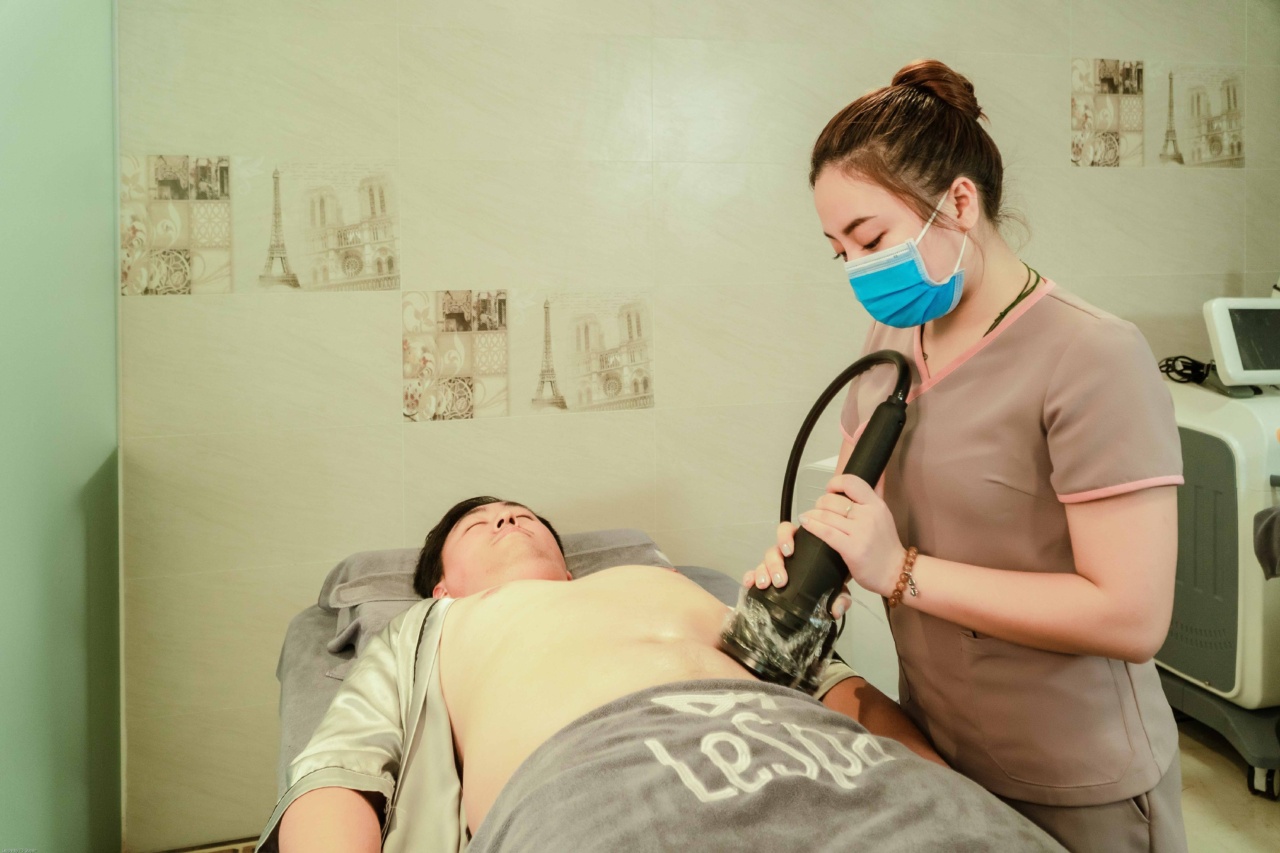Idiopathic thrombocytopenic purpura (ITP) is a blood disorder characterized by a low platelet count, leading to excessive bleeding and bruising. It is also known as immune thrombocytopenic purpura.
The term “idiopathic” suggests that the exact cause of this condition is unknown. However, various factors may contribute to its development. In this article, we will explore the causes, symptoms, and available treatment options for ITP.
Causes of Idiopathic Thrombocytopenic Purpura
ITP can occur due to a disruption in the body’s immune system, leading to the destruction of platelets. The immune system mistakenly identifies platelets as foreign or abnormal and attacks them.
This process can be triggered by various factors, including:.
1. Autoimmune Disorders
An autoimmune disorder occurs when the immune system mistakenly attacks healthy cells in the body. In the case of ITP, the immune system targets platelets, leading to their destruction.
Examples of autoimmune disorders associated with ITP include lupus and rheumatoid arthritis.
2. Viral Infections
Certain viral infections can stimulate the immune system, leading to platelet destruction. Common viruses associated with ITP include the Epstein-Barr virus, hepatitis C virus, and human immunodeficiency virus (HIV).
3. Medications
Some medications may cause a reaction that leads to a decreased platelet count. These medications include certain antibiotics, anticonvulsants, and drugs used to treat heart disease.
It is important to consult with a healthcare professional regarding any potential side effects of medications.
4. Genetic Predisposition
Some individuals may have a genetic predisposition to developing ITP. If there is a family history of the disorder, the risk of developing it may be higher.
Symptoms of Idiopathic Thrombocytopenic Purpura
The primary symptom of ITP is excessive bleeding and bruising due to a low platelet count. However, the severity of symptoms can vary among individuals. Common symptoms include:.
1. Petechiae
Petechiae are small, pinpoint-sized red or purple spots on the skin. They are caused by bleeding underneath the skin and are a hallmark sign of ITP. These spots may appear in clusters or be scattered across the body.
2. Easy Bruising
Individuals with ITP may experience easy bruising, even with minor trauma or pressure. Bruises may appear larger than usual and take longer to heal.
3. Excessive Menstrual Bleeding
Women with ITP may experience heavy and prolonged menstrual bleeding.
4. Bleeding Gums and Nosebleeds
Spontaneous gum bleeding and frequent nosebleeds can occur in individuals with ITP.
5. Blood in Urine or Stool
In rare cases, ITP can cause blood to appear in the urine or stool.
Treatments for Idiopathic Thrombocytopenic Purpura
The treatment options for ITP aim to increase platelet count and prevent excessive bleeding. The choice of treatment depends on the severity of symptoms and individual factors. Common treatment options include:.
1. Corticosteroids
Corticosteroids, such as prednisone, are often prescribed as a first-line treatment for ITP. These medications suppress the immune system’s activity, reducing platelet destruction.
However, long-term use of corticosteroids may have side effects and should be carefully monitored by a healthcare professional.
2. Intravenous Immunoglobulin (IVIg)
IVIg is a treatment option that involves administering antibodies derived from donated blood. These antibodies help temporarily increase the platelet count by inhibiting the immune system’s destruction of platelets.
3. Splenectomy
In some cases, the spleen may be removed surgically to prevent platelet destruction. The spleen plays a role in breaking down old or damaged platelets, so removing it can help increase the platelet count.
4. Other Medications
If corticosteroids and IVIg are not effective, other medications may be prescribed. These may include immunosuppressive drugs, such as azathioprine or cyclosporine, which help modulate the immune system’s response.
5. Supportive Care
In addition to specific treatments, individuals with ITP may require supportive care. This may involve taking steps to prevent bleeding, such as avoiding contact sports or using soft toothbrushes.
Regular monitoring of platelet count and overall health is also important.
It is important for individuals with ITP to work closely with healthcare professionals to determine the most appropriate treatment plan for their specific case.
Conclusion
Idiopathic thrombocytopenic purpura is a blood disorder characterized by a low platelet count, leading to excessive bleeding and bruising.
While the exact cause of ITP remains unknown, various factors such as autoimmune disorders, viral infections, medications, and genetic predisposition may contribute to its development. Symptoms include petechiae, easy bruising, excessive menstrual bleeding, and bleeding gums or nosebleeds.
Treatment options for ITP aim to increase platelet count and prevent bleeding, including the use of corticosteroids, intravenous immunoglobulin, splenectomy, other medications, and supportive care. It is important for individuals with ITP to consult with healthcare professionals to determine the most appropriate treatment plan for their condition.































